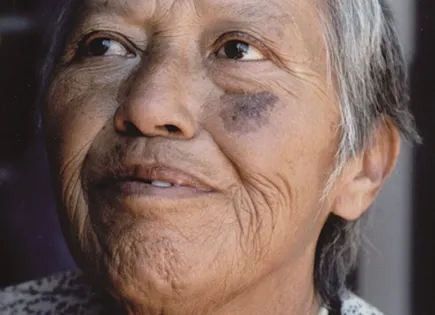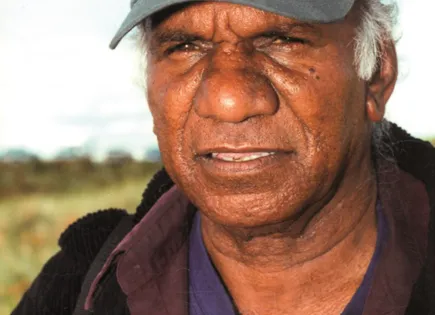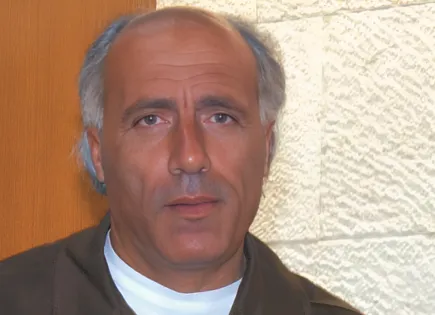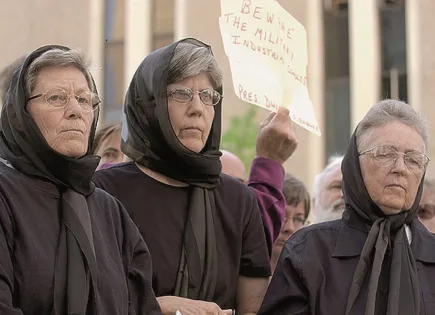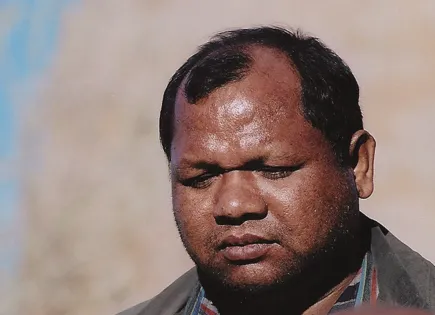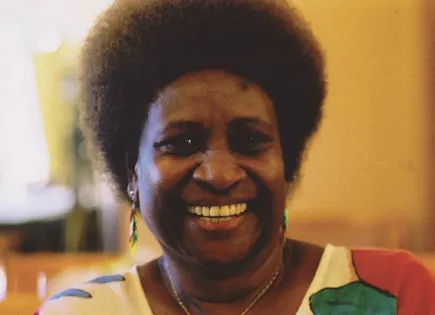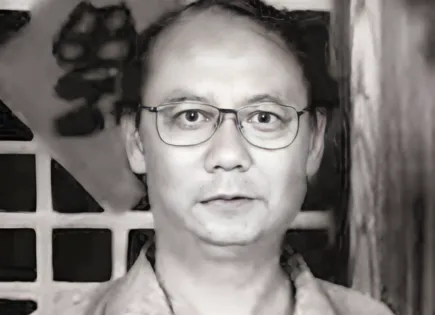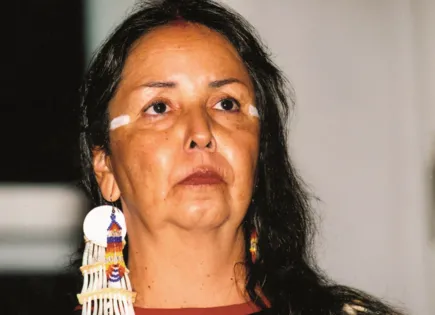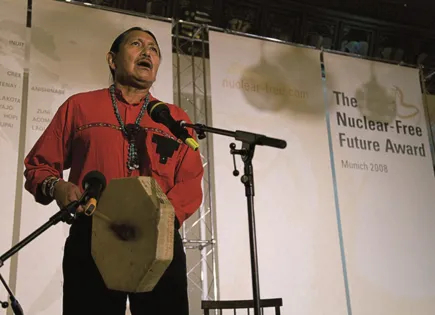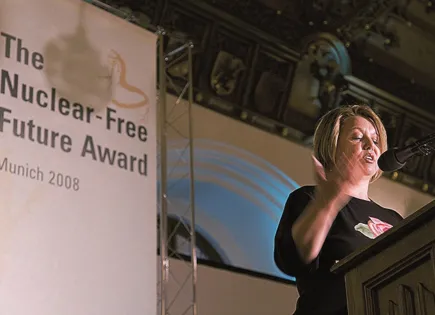Posts by jan
Dorothy Purley, USA
Category Resistance – 1999
Dorothy Purley worked as a truck driver from 1975 to 1982 in the uranium mill of what was then the largest uranium opencast mine in the United States. She and many others were diagnosed with cancer. Dorothy Purley has since taken care of the claims of radiated victims, developed educational material for local schools, informed the tribal leaders of various Native American nations about long-term consequences.
Kevin Buzzacott, Arabunna Nation/Australia
Category Resistance – 2001
In the language of whites, it is civil courage, for him as an aboriginal simply a duty. He will never stop fighting against uranium mining in the land of his people, the Arabunna, even though he has been repeatedly arrested and imprisoned for it. On June 10, he embarks on a three-month, three-thousand-kilometre peace march along the ancient Aboriginal songlines to Sydney.
Mordechai Vanunu, Israel
Category Resistance – 2002
Mordechai Vanunu was hired as a technician at the Dimona Research Center in the Negev Desert in 1976 and found that plutonium for nuclear weapons was produced deep underground. He begins to photograph in secret and gathers evidence that Israel has around 200 warheads, making it the sixth-largest nuclear power. In 1985 he leaves Dimona and makes his knowledge public.
Carol Gilbert, Jackie Hudson, Ardeth Plate, Space Plowshares II, USA
Category Resistance – 2003
After George W. Bush called for the destruction of weapons of mass destruction, three Sisters of the Dominican Order gained access to a Minuteman III missile silo in northeastern Colorado on October 6, 2002. They painted a cross on the silo with their blood and hit the building with a hammer. “We just did what the president asked us to do,” they said.
Jharkandis Organization against Radiation (JOAR), India
Category Resistance – 2004
For decades, the Uranium Corporation of India Ltd has been mining uranium in Singhbhum District, Bihar State, and has been trying to expropriate and expel indigenous settlers, the “Adivasis” (first settlers). The JOAR, headed by Ghanshyam Birulee, opposes this. JOAR activists have been overwhelmed with lawsuits. Nolens volens they became experts in Indian litigation law.
Motarilavoa Hilda Lini, Vanuatu
Category Resistance – 2005
Hilda Lini, sister of Vanuatu’s Prime Minister Father Walter Lini and politically crossed with him for a few years, was a freedom fighter against the colonial powers and pioneer for women’s rights during her student days. After her university career, she became the first minister of the island nation and in the South Pacific and an anchor woman for all those who want a nuclear-free future.
Sun Xiaodi, China
Category Resistance – 2006
There are rich uranium deposits in Gansu Province in western China. Sun Xiaodi worked on the site of uranium mine No. 792. In 1988 he began to ask questions – about illegal sales, the inadequate disposal of uranium remains, contamination and damage to health. Although he was fired in 1994, he filed petitions and gave interviews. He was imprisoned several times.
Charmaine Whiteface and Defenders of the Black Hills, Lakota Nation, USA
Category Resistance – 2007
In 2002, Charmaine White Face, an Oglala woman from the Pine Ridge reserve, founded the “Defenders of the Black Hills” organization with like-minded people. The extraction of uranium has led to a major radioactive contamination in the south and west of the mountains. To this day, the former boreholes, sinkholes and flood basins are waiting for remediation and provide increased radioactive contamination.
Manuel Pino, USA
Category Resistance – 2008
The resistance to uranium mining shaped Manuel Pino’s life. He grew up near the Jackpile-Paguate Mine, America’s largest uranium ore mining day tree. He made the destructive impact of open pit uranium mining on Native American culture the subject of his dissertation and gave a loud voice to the victims of the uranium boom at the World Uranium Hearing and at many conferences.
Jilian Marsh, Australia
Category Resistance – 2008
As a member of the Australia Nuclear Free Alliance, Jilian Marsh is critically engaged in uranium mining. Her major achievements include her instrumental role in enforcing Native Title Legislation in the exploration and operation of the Beverley Uranium Mine. It states that traditional Aboriginal rights and claims are taken into account by Australian national law.
